An ideal op amp has infinite impedance at its inputs but zero impedance at its output. That means that no current flows into its inputs, so by KCL $$I_{\text{R}} = I_{\text{in}}$$ regardless of anything else in the circuit.
However, because the op amp's output is low impedance it can either source or sink current as needed (which it will do in order to keep both its inputs at ground). Therefore, by KCL the current \$I_\text{L}\$ through \$R_\text{L}\$ is the sum of \$I_{\text{R}}\$ and the current sourced by the op amp's output -- which in general means that \$I_\text{L}\$ is not equal to \$I_{\text{R}}\$.
By Ohm's Law $$I_\text{L} = \frac{V_{\text{out}}}{R_{\text{L}}}$$
and, since the op amp's inverting input is at ground, we have
$$V_{\text{out}} = -I_{\text{in}}R$$
Therefore
$$I_\text{L} = \frac{-I_{\text{in}}R}{R_{\text{L}}} = \frac{-I_{\text{R}}R}{R_{\text{L}}}$$
The purpose of \$R_{\text{L}}\$ is to model the load resistance, which in general is not infinite. The fact that \$R_{\text{L}}\$ does not affect the operation of the transimpedance amplifier (except in an edge case like \$R_{\text{L}} = 0\$) is a good thing.
